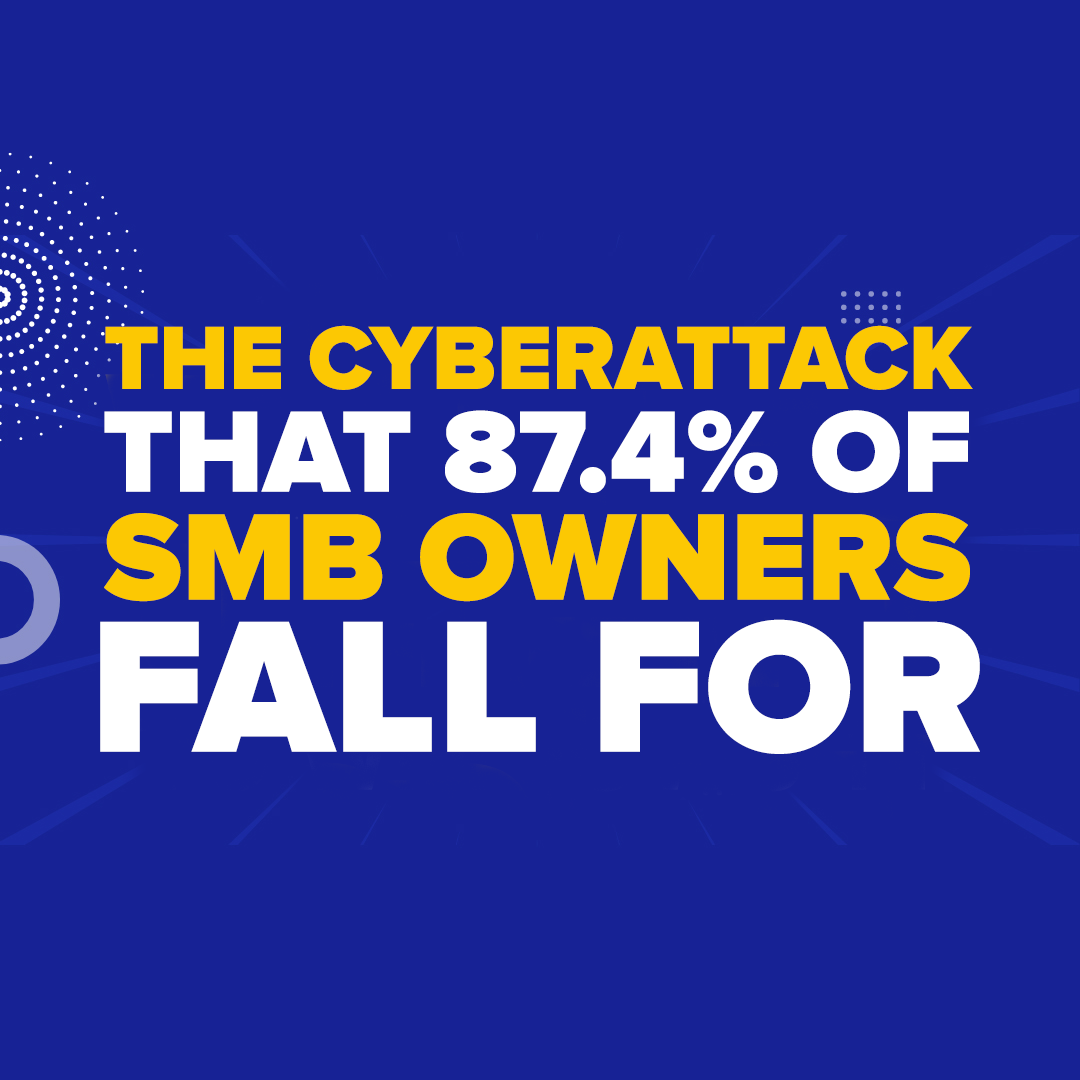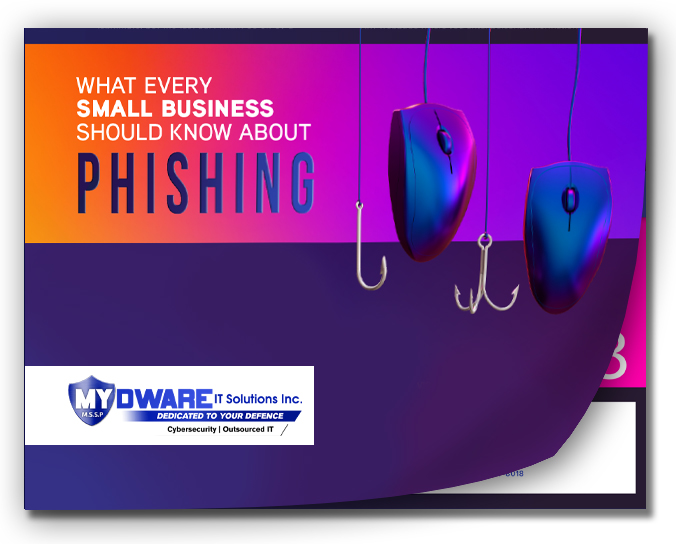
Email is an indispensable tool for small and medium-sized businesses in the GTA and Simcoe County. However, with its widespread use comes the increased risk of cyber threats. Business Email Compromise (BEC) attacks have become one of the most significant dangers facing organizations today. These attacks target businesses of all sizes, exploiting trust and authority to steal sensitive information or financial assets.
Here’s what you need to know about BEC attacks and how to protect your business.
Why Business Email Security is Critical
Business Email Compromise is a sophisticated form of phishing attack that involves scammers impersonating high-ranking individuals in your organization. They exploit the trust of employees by sending convincing emails that appear to be from CEOs, executives, or IT staff, asking for sensitive data or financial transactions.
Recent statistics highlight the urgency of this threat:
- 58% of malicious emails analyzed globally were BEC attempts.
- Lower-level employees are often the primary targets due to their limited awareness of cybersecurity threats.
Without proper safeguards, your business can fall victim to these attacks, leading to financial losses, data breaches, and reputational damage.
How BEC Attacks Work
BEC attacks are alarmingly simple yet highly effective. Here’s how they typically unfold:
- Impersonation: Scammers create an email that appears to come from a trusted figure within your organization, such as phishing emails.
- Exploitation of Trust: The email often contains urgent requests, such as transferring funds or providing login credentials.
- Action Without Verification: Employees, trusting the sender, act quickly without verifying the request’s legitimacy.
- Losses: Once the requested action is completed, the scammers gain access to critical data or financial resources.
The Scope of Email-Based Cyber Threats
While BEC attacks are the most common, they are part of a broader landscape of email-based threats, including:
- Commercial Spam: Designed to trick users into sharing personal or financial details.
- Phishing Attacks: Emails that mimic legitimate communications to steal login credentials or sensitive information.
- Combined Threats: The growing volume of malicious emails now overshadows traditional ransomware and malware attacks.
Steps to Protect Your Business from Email Attacks
Securing your business against BEC and other email-based threats doesn’t have to be complicated or costly. Follow these steps to strengthen your defenses:
1. Implement Cybersecurity Training
Educate your team to recognize and respond to suspicious emails. Employees should:
- Verify sender details for unusual or urgent requests.
- Be cautious of emails that demand immediate action or financial transactions.
- Double-check with the purported sender through a different communication method before acting.
2. Use Advanced Email Security Tools
Invest in email filtering and monitoring tools that detect and block malicious emails before they reach inboxes.
3. Establish Clear Verification Protocols
Create a protocol for handling sensitive or financial requests, such as requiring verbal confirmation for transactions over a certain amount.
4. Enforce Multi-Factor Authentication (MFA)
Ensure all email accounts are protected by MFA, adding an additional layer of security.
5. Conduct Regular Security Audits
Work with an IT provider to review your email systems and identify potential vulnerabilities.
How MYDWARE IT Solutions Can Help
At MYDWARE IT Solutions Inc., we understand the unique challenges faced by small and medium-sized businesses in the GTA and Simcoe County. Our team provides comprehensive cybersecurity solutions to protect your business from BEC attacks and other email-based threats. From employee training to advanced email security systems, we ensure your business is secure.
Schedule a call to take our FREE Cybersecurity Risk Assessment and take the first step toward safeguarding your business from costly cyber threats.
Darryl Cresswell
CEO & President
MYDWARE IT Solutions Inc.




